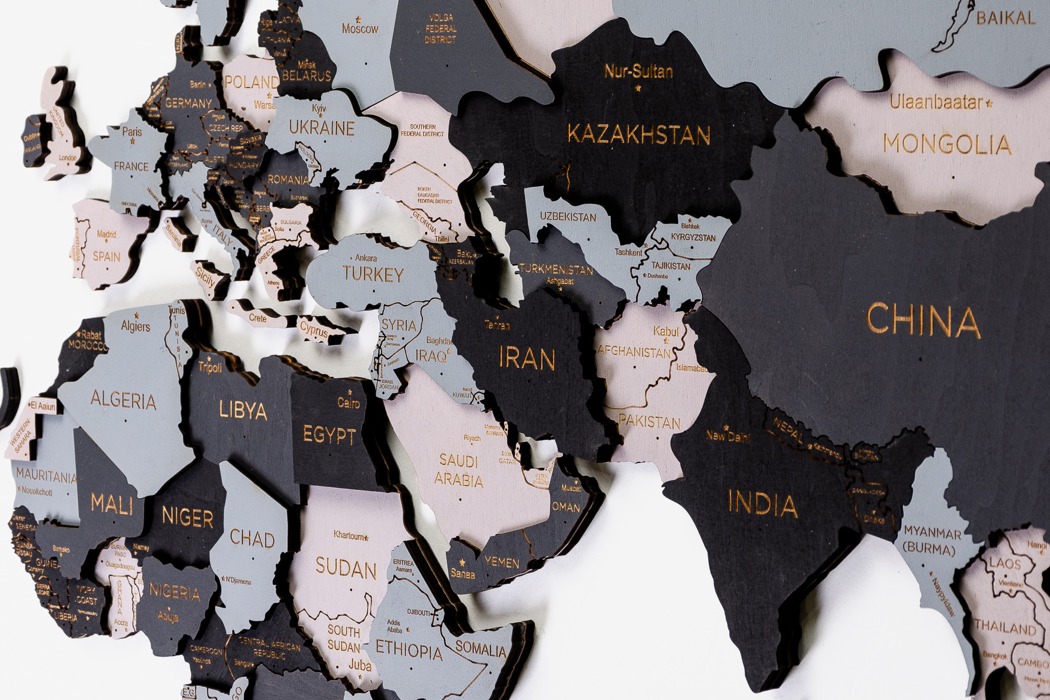

Specifically the British Empire, the first genuinely global empire, began to lose its powers in Africa, Between the 16th and 20th centuries, European nations, at various times, controlled theĪmericas (north and south), most of Africa, Oceania and large portions of Asia.Īs people craved freedom across the globe, the European colonial era began to fall apart. The European colonial period, the 1500s to the mid-1900s, was the era when the European powers mentioned above established colonies in Asia, Africa, and the Americas. Initially emerging in the first half of the 10th century, they had a significant impact on many parts of Europe, from the Norman conquest of England to southernīy the end of the 15th century, great powers emerged in Europe, withĮngland, France, The Netherlands, Portugal and Spain playing predominant roles in global affairs from the 15th century onward, especially after the beginning of colonialism. The Normans (a Viking people) gave their name to Normandy, a region in northern France. The Vikings also reached Iceland, Greenland, Newfoundland and Anatolia (Turkey). With little interest in land acquisition, the Scandinavian (Norse) Vikings aggressively explored Europe for trade and riches. Scandinavia spanned the late 8th to mid-13th centuries.

#3d world atlas and tour series#
They would evolve into the Kingdom ofįrance, and parts of it would morph into the Holy Roman Empire, a forerunner to the Germany we know today.Īnglo-Saxons soon crossed (what is now) theĮnglish Channel to southern Britain and established a series of kingdoms in what would eventually develop into the Kingdom of England by AD 927 100 years later the Kingdoms of Poland and Hungary would also take shape. The Kingdom of the Franks was a southeastern European territory inhabited and ruled by the Franks. In Western Europe, a wide series of tribes and tribal alliances moved into positions of power in the remnants of the former Roman Empire small kingdoms were established, and the geography of Western Europe was about to change. During its often tumultuous 500-year period of innovation, it changed the continent and had a profound and lasting influence on the development of modern architecture, language, law and religion.Īfter its collapse, the Eastern Roman Empire survived (285-1450) as the Byzantine Empire. Of the great civilizations to develop in Europe, the previously mentioned Roman Empire certainly had the most lasting influence.


 0 kommentar(er)
0 kommentar(er)
